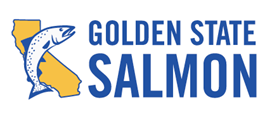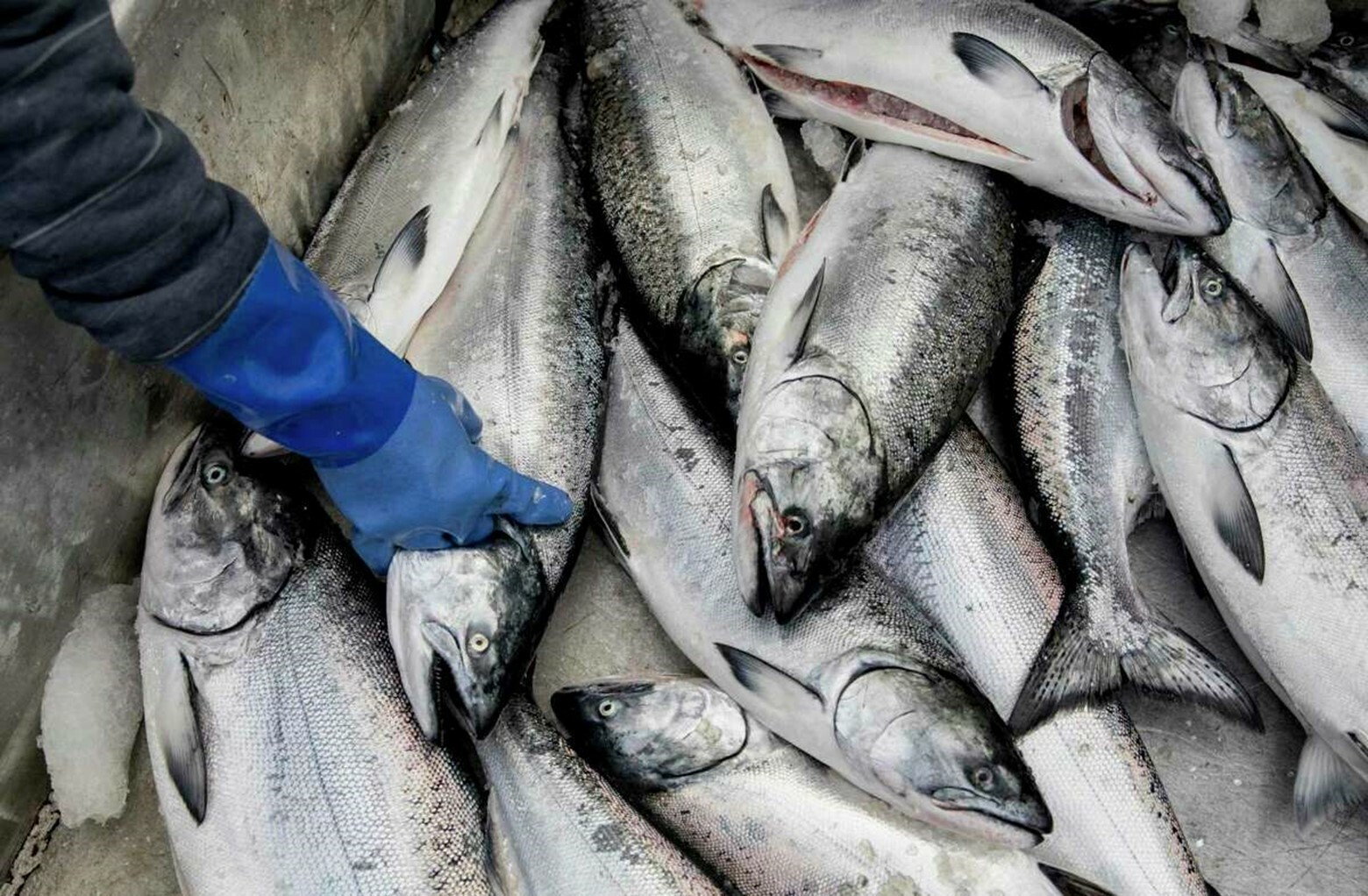Fish Report for 12-19-2022
GSSA Supports Additional Hatchery Salmon Production at Feather River Hatchery Response to drought and other stressors

by GSSA Staff
12-19-2022
Website
Different ideas were discussed about how long to rear the salmon, with consideration to the limited space at the Feather River hatchery and other factors.
“The Golden State Salmon Association told CDFW it strongly supports allowing the eggs to hatch and adding them to the fishery,” said GSSA president John McManus. “The drought has decimated salmon runs in the Central Valley and we’re very grateful to CDFW for taking the initiative and helping keep the salmon industry afloat. These fish will help many people throughout California that rely on salmon to make a living or to help feed their family.”“Salmon stocks are extremely precarious now due to both drought and the thiamine deficiency (vitamin B1) in adult salmon, which is leading to weak offspring,” said GSSA’s McManus. “Naturally spawning salmon are not doing well which means we’re relying on hatchery salmon to reboot stocks. Making more hatchery salmon costs money and we appreciate state agencies covering these costs and adding these salmon. These additional salmon will help keep the species going at levels that support a fishery, while contributing to the rebuilding of the runs in the Central Valley. GSSA appreciates the work of all the agencies involved, especially CDFW, in giving these fish a chance, and the people that rely on them some hope.”
An estimated 1.5 to 1.7 million of these fish will be released directly into the Feather River. Others will be reared a little longer and then trucked to release sites in San Pablo or San Francisco Bay in order to avoid hostile conditions expected in the river if drought persists into the spring.
< Previous Report Next Report >
< Previous Report Next Report >
More Reports

11-29-2022
Returns to the Central Valley were disappointing as of mid-November, though there’s still time for more fish to be counted....... Read More

Website Hosting and Design provided by TECK.net